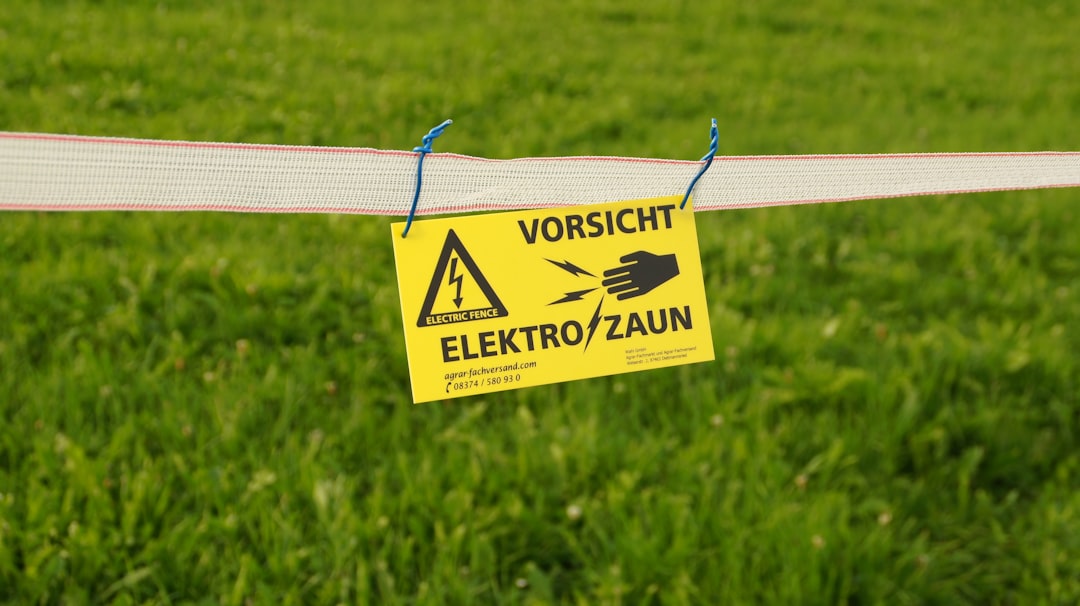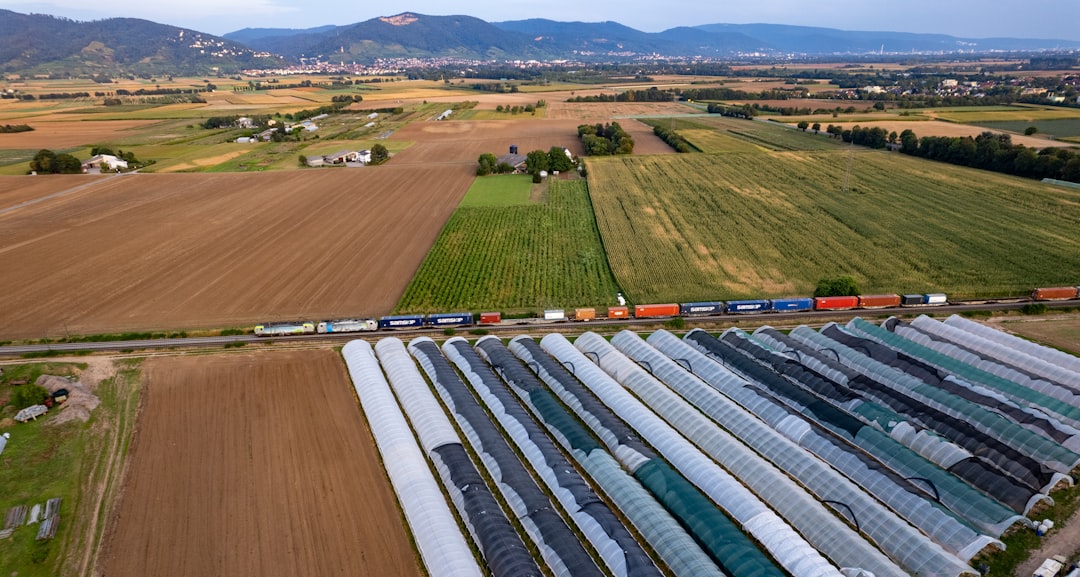The Ultimate Guide to Choosing the Right Size Fence Energizer for Maximum Effectiveness and Safety
Your Authoritative Guide to Selecting the Perfect Fence Energizer
An electric fence is only as strong as its heart—the fence energizer, also known as a charger or fencer. This device is responsible for sending the high-voltage electrical pulse down your fence line, creating a psychological barrier that keeps your livestock in and predators out. Choosing an energizer that's too weak can lead to performance issues and containment failures, while one that's excessively powerful is a waste of money.
This guide will walk you through everything you need to know to select the right size and type of energizer for your specific needs, ensuring your fence operates effectively and safely for years to come.

Understanding Energizer Terminology: Joules, Voltage, and Impedance
Before diving into the selection process, it's crucial to understand the key terms. The most important metric for comparing energizers is the Joule. A joule is a unit of energy, and in this context, it measures the output energy and the strength of the shock pulse. A higher joule rating means a more powerful shock. Manufacturers often provide both "stored joules" and "output joules"; always focus on the output joules, as this is the actual energy delivered to the fence.
Voltage is the pressure that pushes the electrical pulse along the fence. A minimum voltage of 5,000 volts is recommended for cattle, and up to 7,000 for hard-to-contain animals like sheep.
Finally, you'll see the term Low-Impedance. Modern energizers are low-impedance, meaning they can effectively push power through resistance, such as heavy vegetation or weeds on the fence line, without a significant drop in effectiveness.
The First Decision: Choosing Your Power Source
Your first and most fundamental decision is how you will power your energizer. There are three main types, each suited to different situations.
-
AC-Powered Electric Fence Energizer: These units plug into a standard 110V or 220V wall outlet. They are the most reliable, powerful, and cost-effective option if your fence is near a power source. They eliminate the need to worry about batteries or sunlight and are the recommended choice for permanent, large-scale fencing.
-
DC (Battery-Powered) Energizers: If your fence is in a remote location without access to AC power, a DC energizer running on a 12-volt deep-cycle marine battery is a great solution. These are portable but require you to periodically recharge the battery.
-
Solar-Powered Energizers: For the ultimate in remote convenience, solar energizers combine a DC energizer, a battery, and a solar panel into one unit. The panel recharges the battery, making them ideal for remote pastures and temporary or rotational grazing systems where you don't want the hassle of swapping batteries.
How to Calculate Your Total Fence Length
One of the biggest mistakes people make is underestimating their power needs based on the linear length of the property. Energizer ratings are based on the total length of all energized wires.
To calculate this, use this simple formula:
(Length of Fence) x (Number of Energized Wires) = Total Fence Length
For example, a 1,000-foot fence with 4 hot wires requires an energizer rated for at least 4,000 feet of wire.
| Fence Type | Example Calculation (1,000 ft perimeter) |
|---|---|
| 3-Wire Cattle Fence | 1,000 ft x 3 wires = 3,000 ft |
| 5-Wire Sheep Fence | 1,000 ft x 5 wires = 5,000 ft |
| Electric Netting | 1,000 ft x 8 horizontal wires = 8,000 ft |
The Impact of Weed Load on Energizer Size
A clean, weed-free fence requires significantly less power than one with heavy vegetation touching the wires. Every weed that touches a hot wire creates a small short, draining energy from the system. If you anticipate heavy weed growth, especially on lower wires, you must select a more powerful, low-impedance energizer to compensate for this power drain.
Matching the Energizer to Your Animal Type
Different animals require different levels of shock to respect the fence. This is due to factors like body mass, hide thickness, and hair or wool insulation. Well-insulated animals like sheep and goats require a much stronger shock (higher joules) than more sensitive animals like horses. Aggressive animals like bulls or stallions also necessitate a more powerful energizer to ensure they are effectively contained.
| Animal Type | Insulation/Resistance | Recommended Power Level |
|---|---|---|
| Horses, Cattle | Low to Medium | Standard Power |
| Pigs, Goats | Medium | Medium to High Power |
| Sheep, Bulls, Predators | High | High Power (High Joules) |
Considering the Type of Fence Line
The material of your fence wire also affects power requirements. Poly wire, poly rope, and poly tape contain thin metal filaments woven into a synthetic material. They are convenient and visible but have higher electrical resistance than solid metal wire. If you are using any poly products, you will need a stronger, low-impedance energizer to push the voltage through effectively. A 12.5-gauge high-tensile steel wire is the most efficient conductor and is recommended for permanent fences.
The "Rule of Thumb": Joules Per Mile
While energizer mileage ratings can be a good starting point, they are often based on ideal, single-wire, weed-free conditions. A more practical guideline used by experts is to have at least one joule of output energy per mile of total fence wire.
So, if you have 3 miles of total energized wire, you should look for an energizer with at least 3 output joules.
Why You Should Always Buy a Bigger Energizer
A common piece of advice from fencing experts is to buy an energizer that is slightly larger than you think you need. There are several reasons for this:
- Future Expansion: You cannot simply add a second energizer if you expand your fence; a fence system can only have one. Buying bigger now saves you from having to replace your unit later.
- Performance Under Strain: An energizer running at 40% of its capacity will last longer and perform better under adverse conditions (like heavy rain or snow) than one constantly running at 90% capacity.
- Worst-Case Scenarios: Your fence needs to be most reliable during the worst conditions. An oversized energizer has the reserve power to handle the increased load from wet vegetation or other challenges.

The Critical Role of Proper Grounding
An energizer is useless without an effective grounding (or earth) system. The ground rods complete the circuit, allowing the electricity to flow back to the energizer when an animal touches the fence. An inadequate ground system is the most common cause of underperforming electric fences.
A general rule is to install at least 3 feet of ground rod per joule of energizer output. For a 15-joule energizer, you would need a minimum of 45 feet of ground rods (e.g., six 8-foot rods). These rods should be made of galvanized steel or copper and placed at least 10 feet apart in moist soil if possible.
Final Checklist for Choosing Your Energizer
Feeling confident? Use this final checklist to ensure you've covered all your bases before making a purchase.
- Power Source: Is an AC outlet available (best choice), or do I need a DC battery or Solar unit for a remote location?
- Total Fence Length: Have I calculated the total length of all my energized wires? (
length x # of wires) - Animal Type: Am I containing sensitive animals or well-insulated/aggressive ones that need more power?
- Weed Level: Do I expect low, medium, or heavy weed contact on my fence lines?
- Joule Requirement: Based on my fence length, animal, and weed level, what is my minimum output joule rating? (Use the 1 joule-per-mile rule as a starting point).
- Grounding System: Do I have a plan to install enough ground rods to match the power of my new energizer?
By carefully considering these factors, you can confidently choose the right size fence energizer that will provide a secure and effective barrier, giving you peace of mind and keeping your animals safe.

















